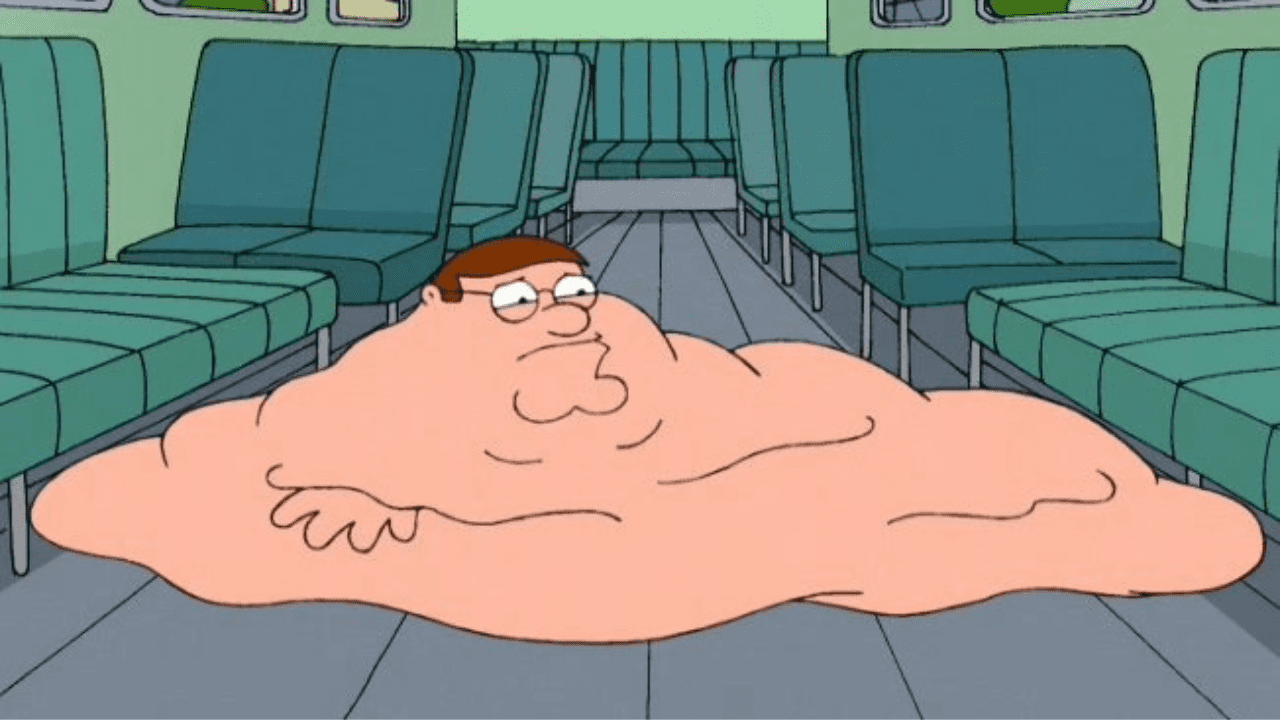What happens to a human body if they don’t have any bones?
Bones are the unsung heroes of the human body. Bones provide indispensable structural support, vital organ protection, and the means for human blood cell production. While we overlook our bodies, have you ever wondered what would happen to the human body if they were to lose all their bones? In this article, we explain the hypothetical scenario, “What happens to a human body if they don’t have any bones?” Though this scenario is purely a thought experiment, it serves as a stark reminder of the significance of bone health. The Skeletal System’s Vital Role The human skeletal system serves three fundamental functions Structural Support Bones serve as the body’s architectural framework, sustaining its shape and posture. They also bear the weight of the body and…
Bones are the unsung heroes of the human body. Bones provide indispensable structural support, vital organ protection, and the means for human blood cell production. While we overlook our bodies, have you ever wondered what would happen to the human body if they were to lose all their bones? In this article, we explain the hypothetical scenario, “What happens to a human body if they don’t have any bones?” Though this scenario is purely a thought experiment, it serves as a stark reminder of the significance of bone health.
The Skeletal System’s Vital Role
The human skeletal system serves three fundamental functions
Structural Support
Bones serve as the body’s architectural framework, sustaining its shape and posture. They also bear the weight of the body and facilitate movement.
Protection
Crucially, bones act as natural body armor, safeguarding vital organs like the brain, heart, and lungs. The skull shields the brain, the ribcage encases the heart and lungs, and the spine guards the spinal cord.
Blood Cell Production
Deep within our bones lies bone marrow, responsible for the production of red blood cells, white blood cells, and platelets. Red blood cells transport oxygen to body tissues, white blood cells combat infections, and platelets aid in blood clotting.

A Boneless Body
Now, think of a person stripped of all their bones. In this purely theoretical scenario, what would happen?
First and foremost, the body would lose its structural integrity and stability. In the absence of bones, it would become akin to a formless, gelatinous mass. Standing, walking, or executing any basic movements would be utterly impossible.
Furthermore, the internal organs would become perilously exposed. Devoid of the protective embrace of bones, even the slightest external force could inflict harm upon these vital organs. A minor fall or a gentle blow to the chest could spell disaster for the heart or lungs.
Moreover, without bones to anchor them, muscles would rapidly atrophy. Muscles depend on bones for attachment points and leverage. Consequently, without these anchoring structures, muscles would quickly weaken and waste away, further hindering mobility and impairing everyday tasks.
Additionally, the body’s respiratory and digestive functions would be severely compromised. The ribcage and spine, both predominantly composed of bones, are indispensable for respiration and digestion. In the absence of bone support, the ribcage would collapse, making breathing arduous, while the spine would be incapable of sustaining the weight of the intestines, leading to digestion difficulties.
Lastly, the body’s capacity to produce blood cells would come to a grinding halt. With bone marrow no longer in operation, red blood cell production would dwindle, white blood cell counts would drop, and the ability to form effective blood clots would be impaired. This cascade of issues could lead to anemia, a weakened immune system, and various other grave health complications.
Other Options for Bones
While humans require bones for structural support, protection, and blood cell production, other life forms have adapted to thrive without these rigid structures. Mollusks, such as snails and clams, possess shells that provide both structural support and protection. Similarly, arthropods, like insects and spiders, have exoskeletons that serve the same functions. If we evolve through the evolution without a bone skeleton, we might also have one of these.
So, what do you think we missed?
Also read:






